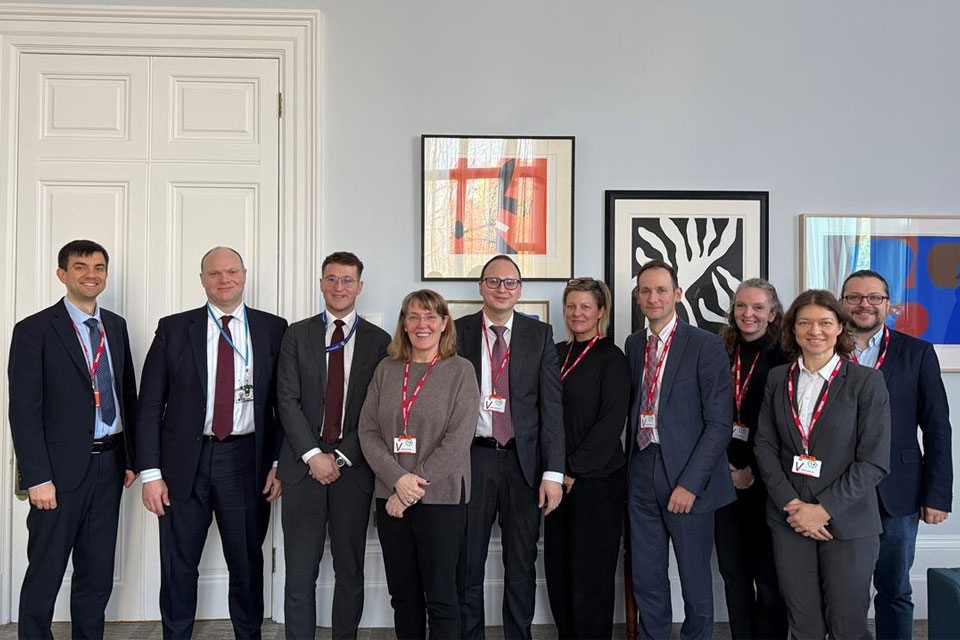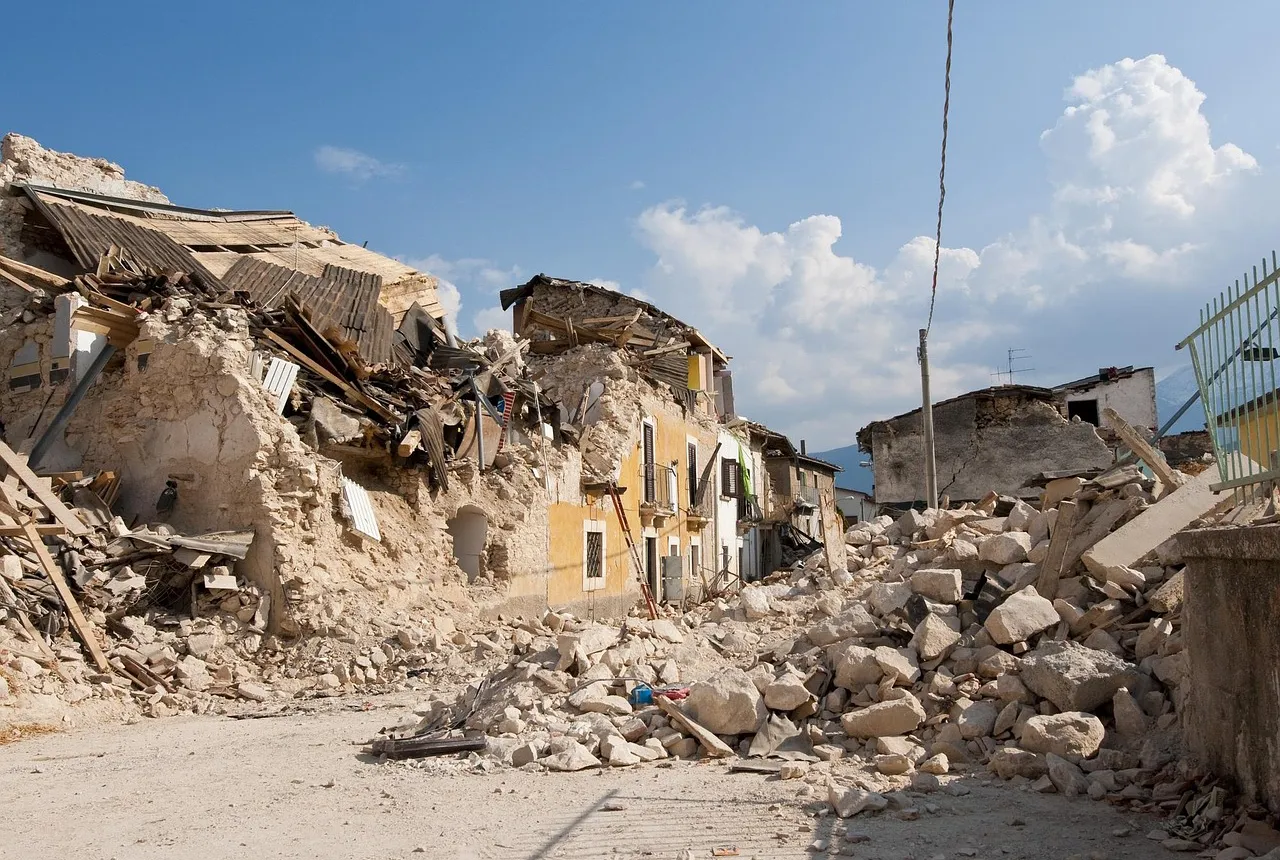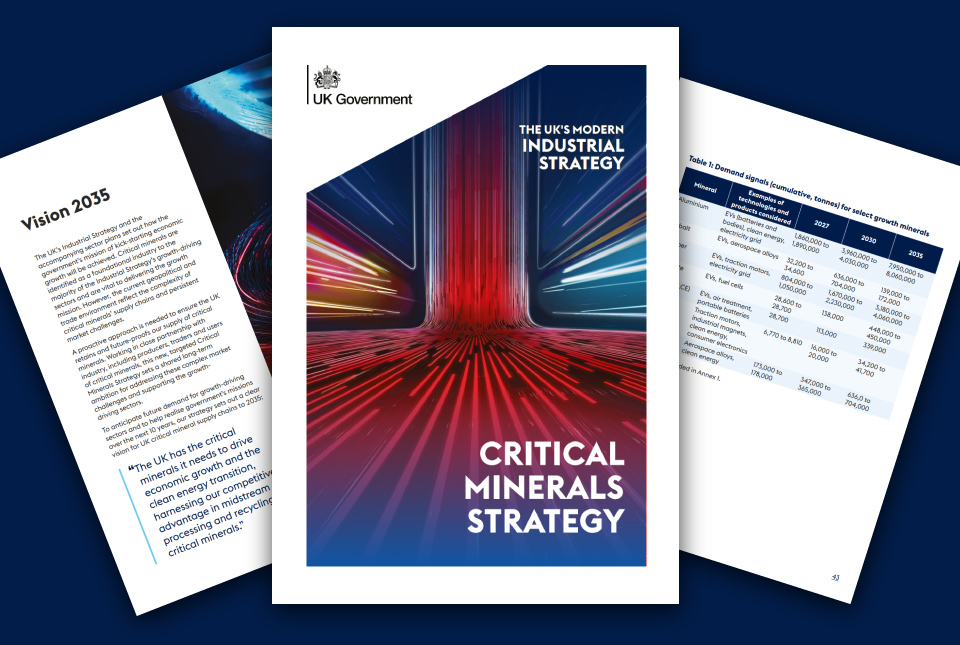Core Store solar project supports BGS net zero targets
A large new solar panel array on the roof of the BGS Core Store is expected to result in a significant reduction in our carbon footprint.
02/07/2021 By BGS Press
As a sector-leading organisation, the BGS Environmental Sustainability Strategy aims to achieve net zero carbon for our directly managed estates and research in line with the commitment made by our parent body, UKRI. By 2040, we will have substantially raised our standard for environmental sustainability and we will have fully embedded it in our science strategy and estate management. We also plan to work beyond compliance.
The research we undertake and how we support it has an impact on the environment. It is essential that we understand this impact so that we can minimise our footprint and and transition to a more sustainable organisation. The commitments within our strategy are embedded across three areas: our estate, working practices and business travel.
In order to meet the net zero targets highlighted in our strategy, we are reducing our demand on fossil fuels by installing the most environmentally friendly modern technologies on our sites. Carbon dioxide (CO2) levels are substantially higher now than at any time in the last 750 000 years. Burning fossil fuels releases CO2 and other harmful greenhouse gases, which then accumulate as an insulating ‘blanket’ around the Earth, trapping more of the Sun’s heat in our atmosphere.
Our latest renewable energy project entailed the installation of a large solar panel array on one of our largest roof spaces at the Keyworth site, the National Geological Repository (Core Store). An incredible 1751 photovoltaic array covers a massive 3100 m2 area of our Core Store Facility’s roof. This array will result in 589 165 kWh of electricity being generated per year — the total yearly energy consumption of around 160 UK homes — and will save an estimated 305 776 kg of carbon each year.
By installing solar panels, the BGS Keyworth estates team has utilised a system that could be installed relatively quickly and would make a key difference on our estate. Generating our own electricity via solar energy means we will be emitting less CO2 into the atmosphere, reducing our carbon footprint and increasing our sustainability credentials.
We look forward to sharing futher renewable energy initiatives at BGS in the near future.
Relative topics
Related news

Suite of ten new soil reference materials released
02/01/2026
BGS has a longstanding track record of producing high-quality reference materials and has released ten new soil reference materials.

Perth and Kinross tops the UK’s earthquake activity charts for 2025
29/12/2025
Seismologists at the British Geological Survey have published data on the number of seismic events over the past 12 months with over 300 earthquakes recorded.

BGS awarded funding to support Malaysia’s climate resilience plan
17/12/2025
The project, funded by the Foreign, Commonwealth & Development Office, will focus on minimising economic and social impacts from rainfall-induced landslides.

New geological maps of the Yorkshire Wolds to better inform groundwater management and policy decisions
17/12/2025
The new mapping provides crucial data on localised geological issues that may assist in protecting water supplies.

‘Three norths’ set to leave England and not return for hundreds of years
12/12/2025
The historic alignment of true, magnetic, and grid north is set to leave England, three years after they combined in the country for the first time since records began.

BGS agrees to establish collaboration framework with Ukrainian government
11/12/2025
The partnership will focus on joint research and data exchange opportunities with Ukrainian colleagues.

Making research matter: BGS joins leading research organisations in new national initiative
10/12/2025
A new alliance of 35 organisations has been formed that is dedicated to advancing science for the benefit of people, communities, the economy and national priorities.

New 3D model to help mitigate groundwater flooding
08/12/2025
BGS has released a 3D geological model of Gateshead to enhance understanding of groundwater and improve the response to flooding.

Scientists gain access to ‘once in a lifetime’ core from Great Glen Fault
01/12/2025
The geological core provides a cross-section through the UK’s largest fault zone, offering a rare insight into the formation of the Scottish Highlands.

New research shows artificial intelligence earthquake tools forecast aftershock risk in seconds
25/11/2025
Researchers from BGS and the universities of Edinburgh and Padua created the forecasting tools, which were trained on real earthquakes around the world.

BGS welcomes publication of the UK Critical Minerals Strategy
23/11/2025
A clear strategic vision for the UK is crucial to secure the country’s long-term critical mineral supply chains and drive forward the Government’s economic growth agenda.

New funding awarded for UK geological storage research
21/11/2025
A project that aims to investigate the UK’s subsurface resource to support net zero has been awarded funding and is due to begin its research.


